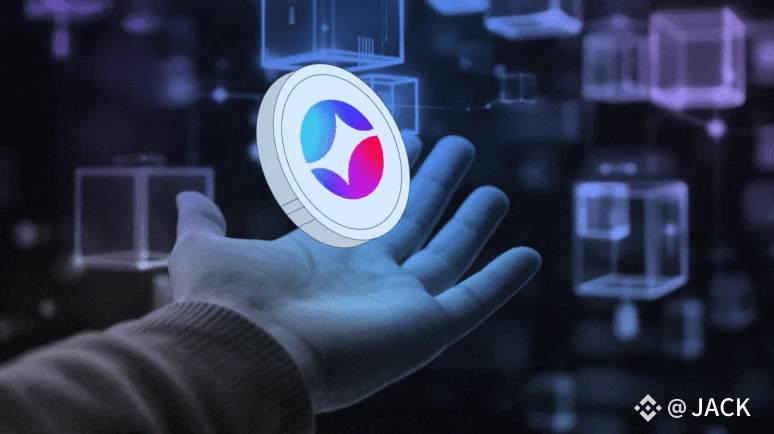@Somnia Official #Somnia $SOMI 
In the process of blockchain development, performance and decentralization have always been a pair of contradictions. Many public chains try to find a balance between the two, but often struggle to support truly high-frequency applications due to compromises. Somnia’s emergence takes a path of process innovation, which undergoes comprehensive transformations at the architecture layer, execution layer, data layer, and consensus layer, aiming to provide a sustainable infrastructure for games, social interactions, and virtual worlds. In order to understand the investment and application potential of Somnia, it is essential to deeply analyze its technical processes and explore its performance boundaries. Somnia’s execution layer innovation mainly lies in accelerating sequential execution. Ordinary smart contracts need to be interpreted and executed line by line on a virtual machine. Although this approach is flexible, it is very inefficient, especially in gaming logic and social interaction scenarios that require real-time feedback from users. The accelerated sequential execution mechanism introduced by Somniar can compile commonly used contracts into local machine code and directly call the underlying hardware resources, which significantly improves the response speed. This means that interactions running on-chain are no longer lagging but can achieve smoothness close to that of local applications. For on-chain games, this mechanism effectively breaks the performance limit, making 'chain games' more than just a concept.
The innovation of the data layer is reflected in IceDB. Somniar's self-developed database aims to achieve nanosecond-level state reading and writing. In the blockchain, state data is the core part, almost all transaction execution relies on fast and accurate state queries. IceDB's snapshot feature ensures that even in a high-concurrency environment, nodes can maintain data consistency and processing efficiency. For users, this means that even in scenarios with millions of TPS, transaction security and real-time performance can still be guaranteed. This capability is crucial for large-scale social applications and virtual worlds, as each interaction triggers a state update, and without high-performance data support, smooth operation cannot be achieved.
At the consensus level, Somnia introduces a multistream parallel consensus mechanism. Traditional public chains often adopt a single-chain structure, which requires all transactions to be queued in the same data stream, which limits performance. Somnia's approach allows each validating node to maintain independent data streams, with the main chain responsible for merging and sorting. This parallel structure can theoretically greatly improve throughput by avoiding resource competition between nodes. In other words, Somnia no longer relies on 'single-point expansion' but improves performance through horizontal parallelism, providing a theoretical basis for the goal of millions of TPS.
Equally important is optimizing the communication layer. Somnia uses data compression and signature aggregation, reducing the communication burden between nodes. In traditional chains, signature verification and message sending are often performance bottlenecks. By aggregating signatures, Somnia can significantly reduce the amount of data sent while maintaining security. For users, this means that during peak transaction times, network nodes will not experience delays due to communication. Combined with global network topology optimization, Somnia achieves sub-second confirmation, allowing each transaction to be completed almost instantly. When these mechanisms are combined, Somnia demonstrates a strong performance advantage. In its testnet phase, it processed over 10 billion transactions, attracted 118 million wallets and over 70 participating projects, claiming to support over 1 million TPS at mainnet launch. These numbers are not just hype, but a direct result of the mechanism design. For researchers, this set of mechanisms represents an upgrade of the on-chain architecture: a full-link optimization of the execution layer, data layer, consensus layer, and communication layer, ultimately creating a true infrastructure aimed at high-frequency applications.